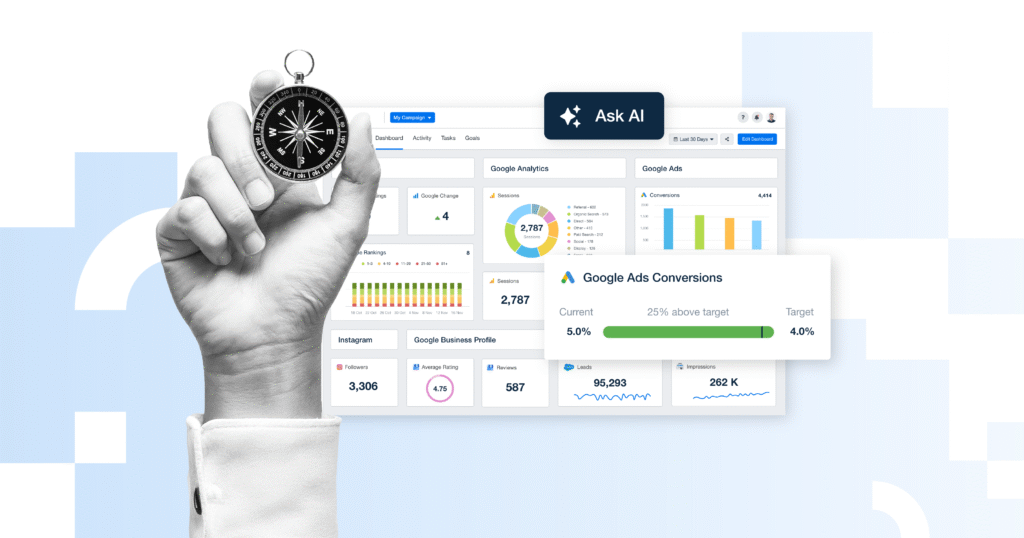
Image credit to: agencyanalytics.com
In today’s digital world, data tracking is everywhere—from the apps on your phone to the websites you visit. Data tracking refers to the collection and analysis of user behavior, preferences, and interactions across digital platforms. This can include (not limited to):
Browsing history: Pages you visit, time spent, and clicks.
Location data: Where you are and where you’ve been.
Device information: Type of device, operating system, and IP address.
Purchase behavior: Items viewed, added to cart, or bought.
Companies use this data to personalize experiences, improve services, and target advertising. While data tracking can enhance convenience—like recommending products or remembering login details—it also raises concerns:
Privacy: Who has access to your data, and how is it used?
Security: Is your information protected from breaches?
Transparency: Are you aware of what’s being tracked?
Governments and organizations are increasingly enforcing regulations like the GDPR and CCPA to give users more control over their data. DPA in the case of UK.
To manage your data footprint:
– Review app and browser permissions.
– Use privacy-focused tools like VPNs or ad blockers.
– Read privacy policies before signing up.
– Adjust settings on social media and search engines.
As such data tracking isn’t inherently bad—it’s about balance. Knowing what’s collected and how it’s used empowers you to make informed choices in the digital age.
